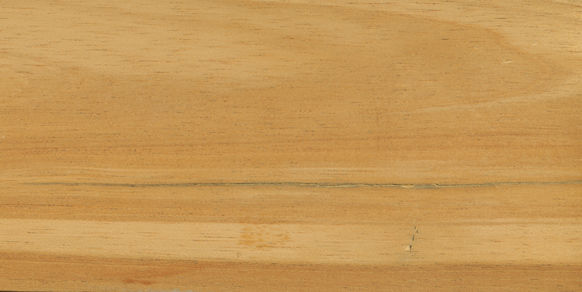Mahogany other than Swietenia: Guarea
- Gaskell Guitars Australia

- Sep 11, 2020
- 3 min read
Updated: Jun 4
Natively-grown Swietenia (American mahogany) is no longer available in the world market and commercial trade has been severely restricted since 2003. Today, new American mahogany is grown only in plantations, mainly in Asia and the South Pacific. Plantation mahogany accounts for 95% of world trade in American mahogany.
See here for an explanation for why this is: What is Mahogany?
However, Swietenia is not the only genus in the Meliaceae (Mahogany) family that yields high quality timber. The Meliaceae family consists of 49 genera with approximately 550 species. Some have timber uses and some are even used as direct replacements for Swietenia. Others are merely plants and may only produce fruit, oil and seed often used for medicines or lotions. Of the ones that do yield timber, some include the word "mahogany" in their trade name and others do not. There are two terms to know:
GENUINE MAHOGANY as a term applies to mahogany of the Swietenia genus only, wherever grown.
TRUE MAHOGANY describes the timber of any Mahogany family genus other than Swietenia.
There are many species in the Mahogany family other than Swietenia that are perfectly acceptable substitutes for American mahogany including for the manufacturing of musical instruments such as acoustic and electric guitars, and drums.
Guarea
Guarea is a Mahogany family genus with 71 species native to Africa and Central and Latin America. Two species in Africa have timber uses and two species in Latin America have timber uses. The wood is pinkish to reddish-brown.
Dark Bosse
Guarea thompsonii is found in west Africa and is endemic to Cameroon, Congo, Gabon, Ghana, Ivory Coast, Kenya, Liberia, Niger, Nigeria, and Zaire. Timber from this species is usually pinkish-brown with interlocked grain. Its timber is usually traded as Dark Bosse, or Black Guarea. Timber uses include boat building, cabinetmaking, canoes, carvings, furniture, veneer, joinery, and musical instruments.
References:
Light Bosse
Guarea cedrata is native to western and central Africa, and can be found in Cameroon, Congo, Ghana, Ivory Coast, Liberia, Nigeria, Sierra Leone, Uganda, and Zaire. Timber from this species is traded as Light Bosse, Pink Mahogany, or sometimes Scented Mahogany. It is used mainly as veneer as well as for furniture, cabinetry, flooring, boat building, musical instruments, and turned objects. G. cedrata shares similarities in appearance to Sapeli mahogany (Entandropphragma cylindricum) and is often used for the backs and sides of acoustic guitars. American luthier supplies company Stewmac sells Guarea veneer and body blanks as Bosse Cedar.
References:
American Muskwood
Guarea guidonia (formerly Guarea grandifolia) extends from Mexico, throughout Central America, to northern South America, reaching the central and western Amazon River Basin. It can be found in Argentina, Bolivia, Brazil, Colombia, Costa Rica, Cuba, Dominican Republic, Ecuador, French Guiana, Guyana Haiti, Honduras, Leeward Is., Nicaragua, Panama, Paraguay, Peru, Puerto Rico, Suriname, Trinidad-Tobago, and Venezuela. The wood is pinkish to reddish-brown, with a fine or medium texture, with straight grain that is sometimes intercrossed. It has many Spanish names but is known in English as Cramantee or American Muskwood. The timber is used to make furniture, cabinets, closets, doors, doorframes, windows, moldings, railing, veneers, floors, and lathed objects. In the United States the timber is consciously used as a direct replacement for Swietenia (American mahogany) with the same uses.
References:
Alligator Wood
Guarea glabra is the second of the two Latin American species with timber uses. It is native to Belize, Brazil North, Central American Pacific Is., Colombia, Costa Rica, Dominican Republic, Ecuador, El Salvador, French Guiana, Guatemala, Guyana, Honduras, Jamaica, Leeward Is., Mexico Central, Mexico Gulf, Mexico Northeast, Mexico Northwest, Mexico Southeast, Mexico Southwest, Nicaragua, Panamá, Peru, Puerto Rico, Suriname, Trinidad-Tobago, Venezuela, and Windward Islands. Timber from this species is traded as Alligator Wood.
References:












Comments